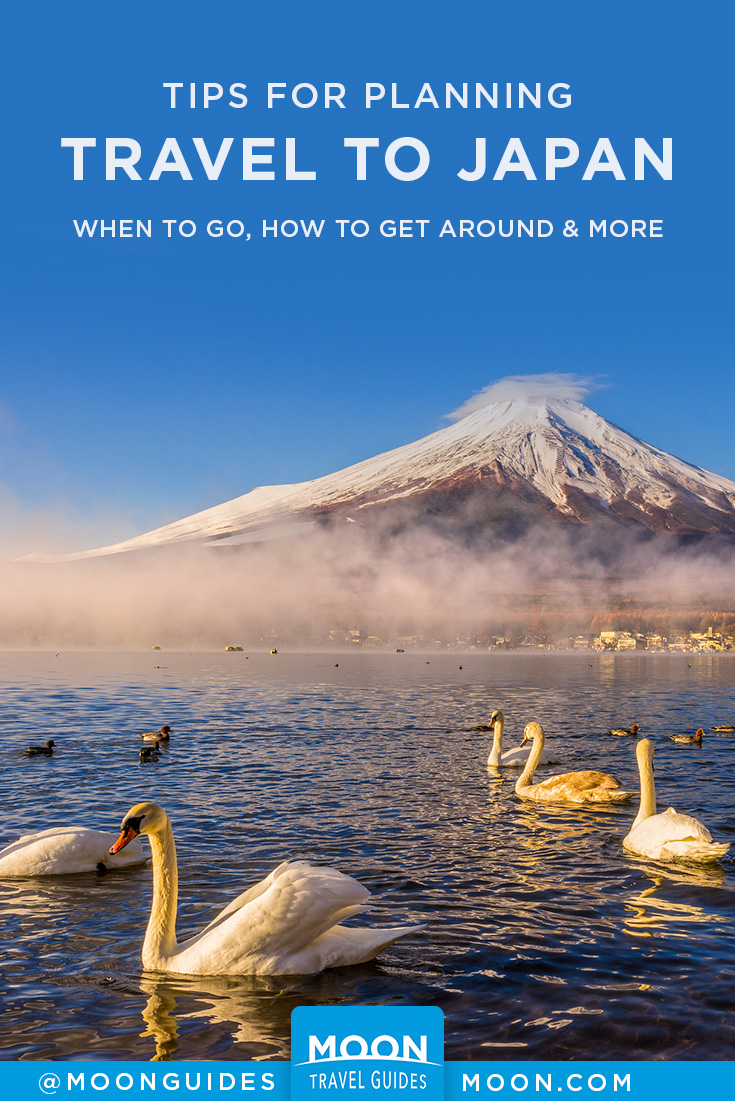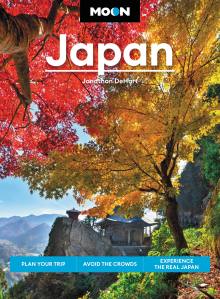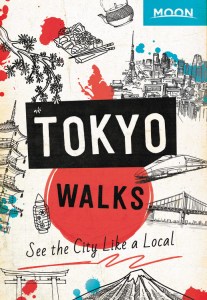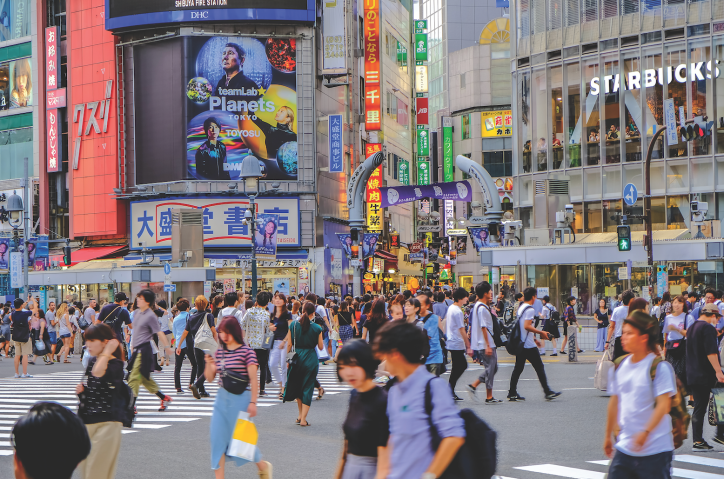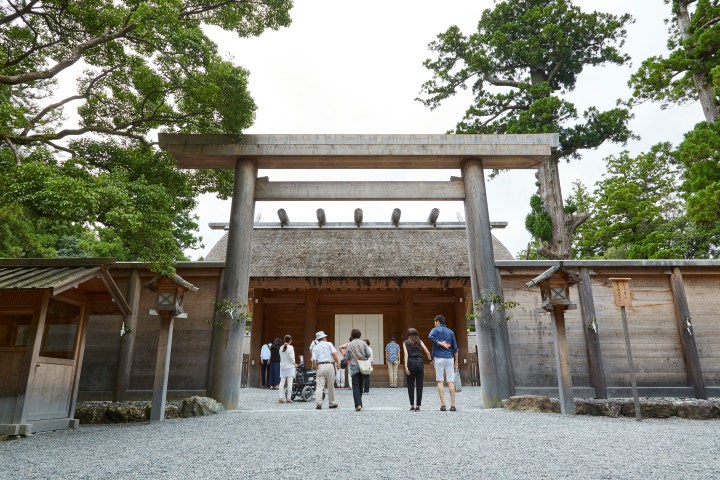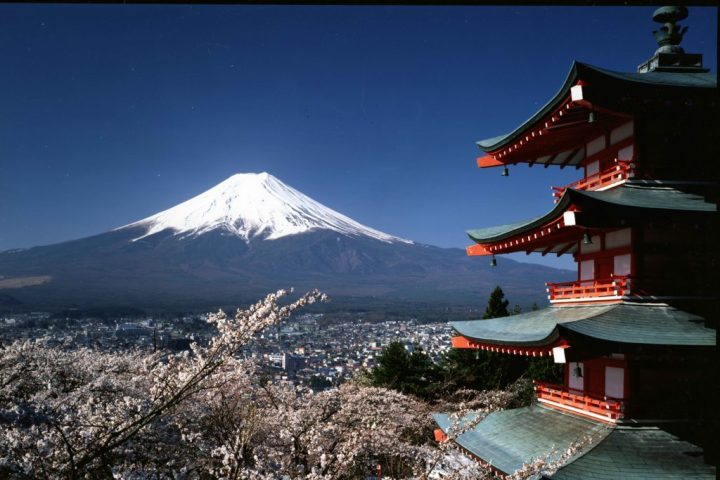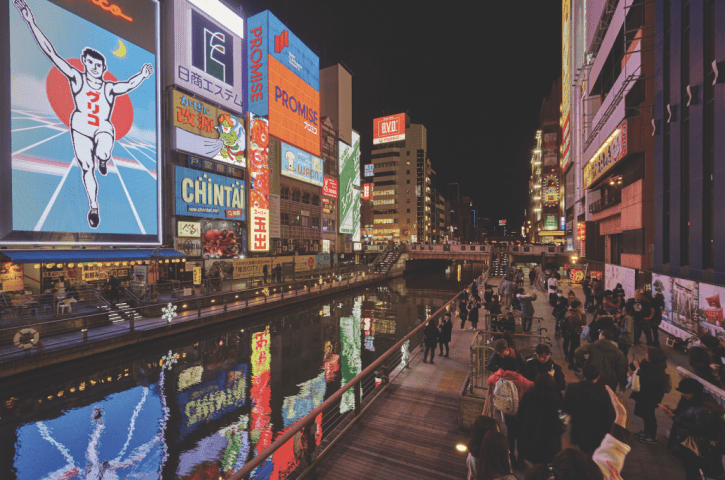Planning a Trip to Japan
For first-timers, there are a few things to know in advance when planning a trip to Japan. From when to go and what to bring to how to navigate the transit when you get there, here are some Japan travel tips to get you started:
When to Go
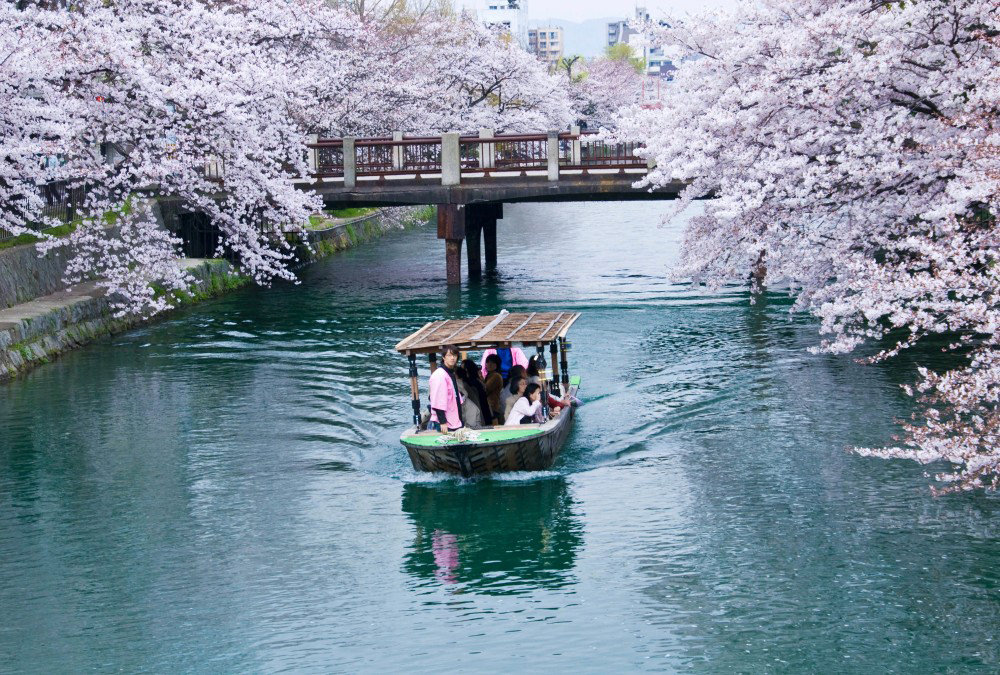
Most of Japan has four distinct seasons, interspersed by a few rainy periods, though the country’s diverse geography means the climate varies. Spring (roughly late-March through mid-June) and autumn (October through early December) are the most pleasant times of year to visit the country on the whole. That said, it’s a year-round destination, with each season offering its own draw.
Hanami and Other Busy Times
High season in Japan includes hanami (cherry blossom viewing) season (roughly late March through early April), the Golden Week holidays (April 29-May 5), Ōbon (roughly August 10-17), and the height of the kōyō (autumn foliage) craze in November. Be advised that these periods are the most crowded times to visit, as trains, highways, and hotels overflow with domestic travelers from around the time the cherry blossoms start to bloom, around early to mid-March in Kyūshū, late March in Tokyo, and early May in Hokkaido.
Slower Months
Less hectic months include June, the dead of summer (July, August besides Ōbon, and September), October, and December. Aside from ski resorts, which do brisk business, the period of January through March is low season for the rest of the country. Deals can be had during any of these off months, especially if you plan several months ahead. Things generally remain in operation throughout the year, the one exception being the New Year holidays (December 29-January 3), when everything but convenience stores, some chain restaurants, and most accommodations (at elevated rates) remain open. While experiencing Japan’s New Year traditions is one point in favor of visiting over the New Year holidays, it’s probably best to come at another time.
Passports and Visas
To enter Japan, you’ll need a passport valid for the duration of your trip from the date of your arrival in the country. Although you may not be asked to show it, you’re legally obligated to have an onward ticket for either a flight or ferry out of Japan, for a return trip or a future leg of the journey elsewhere. So have something in hand just in case. If you’re coming from the US, Canada, the UK, most European countries, Australia, or New Zealand, you’ll be granted a 90-day single-entry visa on arrival. South African citizens will need to apply for a 90-day tourist visa at their closest embassy or consulate. For passport holders from the UK, Ireland, and a number of other European countries (Germany, Austria, Switzerland, Lichtenstein), it’s possible to extend your visa for another 90 days. This requires a trip to the closest immigration bureau and paying a ¥4,000 fee.
What to Take
One of the beautiful things about Japan is its well-stocked convenience stores. These one-stop shops, selling anything from toiletries and undershirts to bento-box meals and portable phone chargers, umbrellas, cosmetics, and more, are ubiquitous throughout urbanized Japan, making it easy to pick up anything you’ve forgotten to pack. Nonetheless, there are a few items you’d be wise to bring. For one: shoes that are easy to take on and off (slip-ons work best). You’ll find yourself likely taking off your shoes much more than you’re used to—in someone’s home, in a temple, etc. Also pack any medications and accompanying prescriptions you may need. Be sure to check Japan’s strict laws on medication before traveling with medicine.
The electrical outlets in Japan are the same shape as those in the United States, so travelers with devices from the UK or Europe may need a plug adapter. The voltage is 100V; many modern electronics are dual voltage, so a converter may not be necessary, but check your devices to be sure.
It also pays to be aware of Japan’s love of gift-giving. This is especially important if you plan to meet anyone who may invite you to their home. It need not be expensive. Some kind of a sweet snack or beverage that can be shared, a recording of interesting music, or some kind of decorative item would all do. A little gift goes a long way in Japan.
Planning Ahead
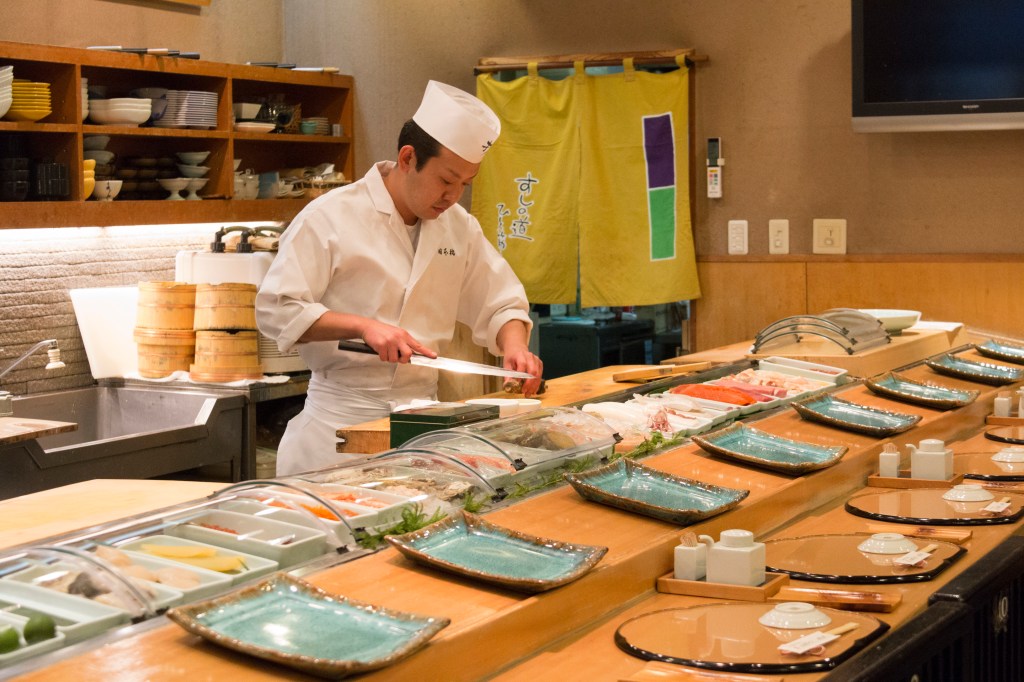
There are a few things that need to be in order before you leave for Japan. First things first, if you plan to get a Japan Rail Pass (www.japanrailpass.net), a great value if you plan on making full use of the country’s extensive train network, you must purchase it before traveling to Japan. You cannot buy a JR Pass once you are in Japan.
If you’re planning to travel to some of the more remote parts of Japan and want to rent a car, make sure you’ve already gotten your international driver’s license (IDP, aka international driving permit). To learn more about the process of obtaining an IDP, visit https://internationaldrivingpermit.org, which provides country-by-country information on the process of applying. It doesn’t hurt to book your rental car before your trip to avoid hassle later.
It also pays to make reservations for some meals, attractions, or events, such as a sumo tournament or sporadically held Noh theater performance, a few months in advance. Some popular attractions, such as Tokyo’s Ghibli Museum and Kyoto’s “moss temple” Saihō-ji, only allow a set number of visitors per day; you’ll need to book your place at these attractions up to a few months in advance as well. If you’re determined to snag a seat at a world-class sushi counter, kaiseki ryōri restaurant, or any other truly world-famous restaurants, some of the wait times are shocking. Aim to book seats months in advance. Finally, if you happen to be visiting anywhere during a festival or one of the high seasons, try to book everything—accommodation, rental car, even shinkansen (bullet train) tickets—as far in advance as you can (think three, or even six months ahead).
Getting There
The vast majority of travelers will arrive in Japan via one of four main airports: Tokyo’s Narita Airport or Haneda Airport, Osaka’s Kansai International Airport, or Nagoya’s Chubu Centrair International Airport. It’s also possible to enter the country by sea, with hydrofoils and ferries shuttling daily between Busan, South Korea, and Fukuoka. Ferries also make the trip between Shanghai and both Osaka and Kobe.
Getting Around
Once you’re on the ground, transportation options are profuse, from trains and planes to buses, ferries, and rental cars.
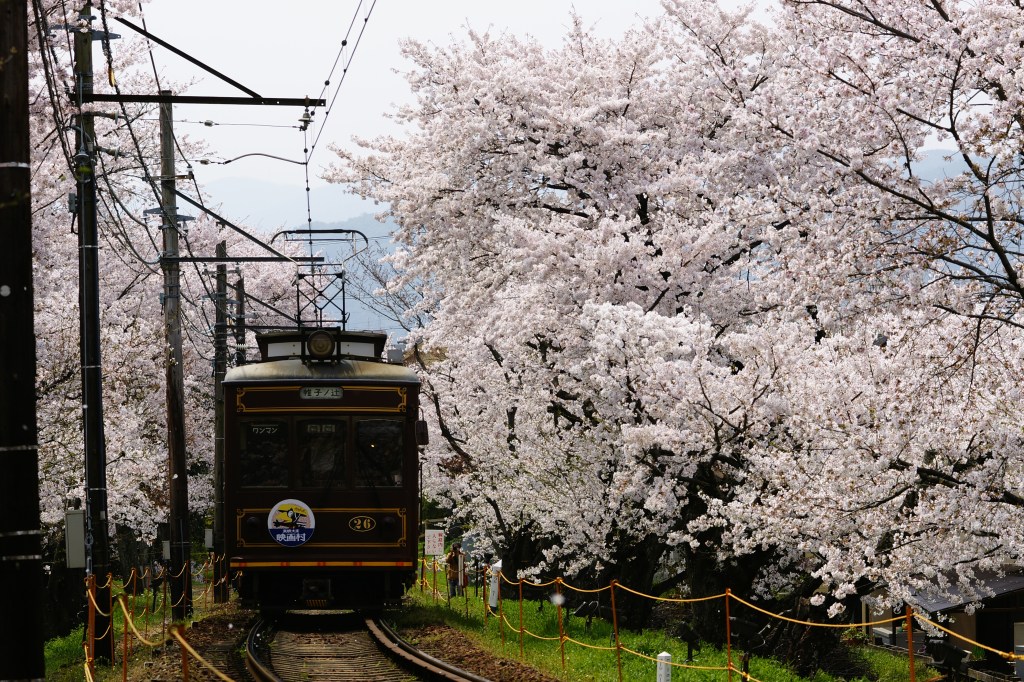
By Train
Japan’s most efficient mode of transport is its extensive railway network. You’ll be able to get where you’re going aboard a train—whether of the local, rapid, or shinkansen (bullet train) variety— in the vast majority of cases. Traveling short distances within a city or town is also often best done by train, whether above-ground or subway. If you plan to rely heavily on the rail network, consider buying a Japan Rail Pass (www.japanrailpass.net) before you get to Japan. This pass—which offers unlimited trains on the Japan Rail (JR) network nationwide in increments of one, two, and three weeks—is a steal if you maximize it.
By Bus
Buses are another option for traveling both long distances and just within town. Although less comfortable than trains, buses are sometimes the only means of reaching some far-flung destinations. They are also generally cheaper than trains, making them a good option if you’re on a serious budget and don’t mind the journey taking a bit more time.
By Taxi
Taxis are abundant. That said, fares are expensive. They are best used either for only short distances within a town or city when there’s no cheaper means of getting around, you’re in a rush, or you have money to burn.
By Car
A rental car will be invaluable if you’re venturing well off the beaten path. This is especially the case when traveling in rural Hokkaido, Tohoku, Shikoku’s deep interior, or some parts of Kyūshū and Okinawa. Trains still run through some parts of these regions, but their frequency and reach can sometimes be frustratingly limited. If you plan to drive, you must get an international driving permit (IDP) before arriving. Visit https://internationaldrivingpermit.org for country-by-country information on the process of applying.
By Air
If you’re short on time, consider using the country’s far-reaching domestic flight network. This can prove particularly useful for trips to or from the northern or southern edges of the country, such as Hokkaido, Kyūshū, or Okinawa.
By Boat
In terms of experience, taking a ferry will add a new dimension to any trip within Japan. If you happen to be traveling between Shikoku and Kyūshū, Kyūshū and Okinawa, or Honshu and Hokkaido, there are some ferry operators that make overnight journeys. High-speed, jet-propelled hydrofoils (aka jetfoils) also make shorter journeys (e.g., from Kagoshima to Yakushima, or from Niigata to Sado-ga-shima). The main things to consider before hopping on a ferry is whether your trip timeline is generous enough to accommodate the slower pace and whether you’re prepared to potentially deal with a bit of seasickness. One advantage of ferries is the feasibility of carrying a bicycle, motorbike, or rental car on board for an added fee.
Start planning your adventure today:
By clicking ‘Sign Up,’ I acknowledge that I have read and agree to Hachette Book Group’s Privacy Policy and Terms of Use
What to read next:
Pin it for Later
